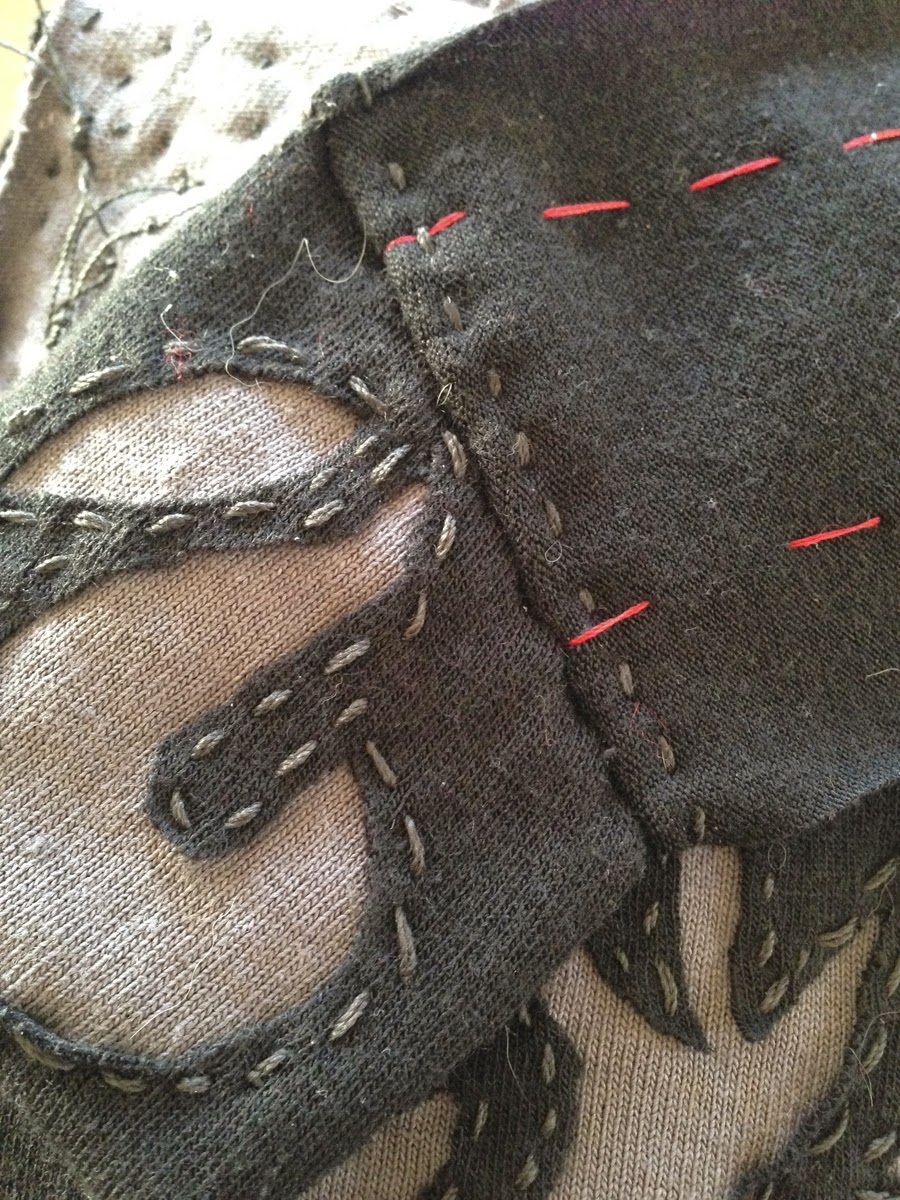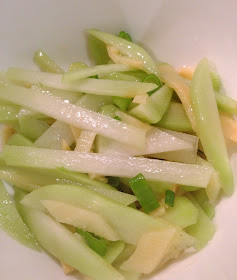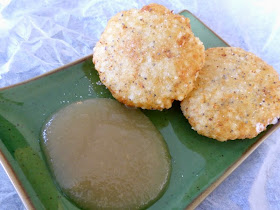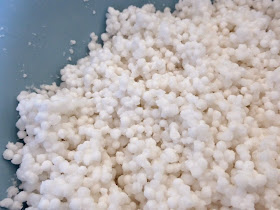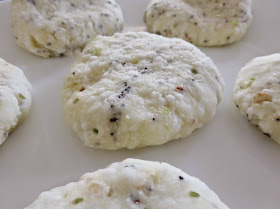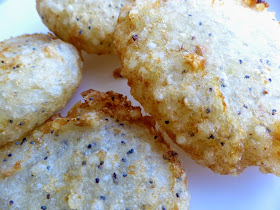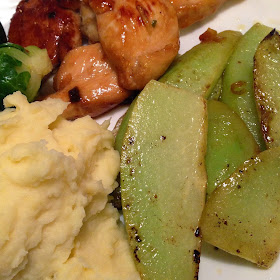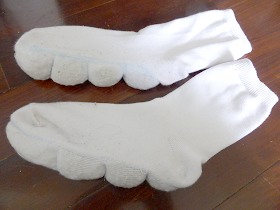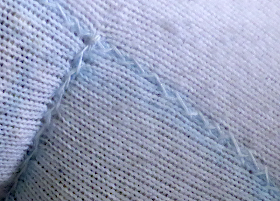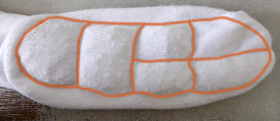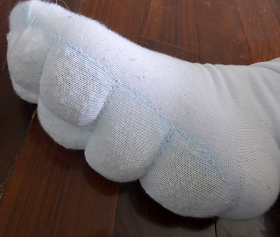Gross photos warning ... pics are small, if you
really want to see them close up, click on the pics.
For the last 9 months, I've had constant lower facial numbness and asymmetric swelling of my lips — it may be a sarcoidosis thing. So eventually my immunologist ordered a lip biopsy for me, for joy. Mainly to see if there is any need to increase my medication. It's worth mentioning that every nurse and doctor I mentioned the biopsy to shuddered.
I had the biopsy last week. The oral maxillofacial (OMF) surgeons did a professional job, and were nice guys, but they really didn't prepare me in any way for the recovery period. And any hospital information sheets I found online mentioned 'some discomfort' after the local anaesthetic has worn off. LIES!
So I thought it might help others if I document about what to expect during and after a salivary gland / lip biopsy.
Before
I had an initial appointment with the OMF team a few weeks before the procedure.
On the day of the procedure, I took 10 mg of diazepam — let's just say I was a tiny bit anxious about the whole thing. I started on prophylactic antibiotics, too, but that's unusual — this was because I'm on heavy immune suppression already, and have an artificial hip (which is always at risk from infections). It's not typical for most patients.
During
I was seated in a reclining 'dentist's chair' sort of thing, and given sunglasses to wear (to block out the bright light), and my body was covered by a sterile green sheet. Then I was given three injections of local anaesthetic, into the lower lip, inside, down near the gum — right, middle, and left. They stung a bit, and were a bit painful, but bearable. Then I was left in the chair for 10-15 minutes while the anaesthetic worked its magic.
The biopsy itself took about 15-20 minutes. One surgeon held my lower lip out, and the other carefully cut out 5 salivary glands. Then he put in a row if stitches, which was very neatly done (no cut ends of thread sticking out into my mouth, everything was tucked away nicely). The incision was about 1 cm long, vertical, near the front of my lip. It didn't bleed all that much, either. I kept my eyes closed most of the time, only so much one needs to see of such things, after all!
Immediately After
Very relieved it was over! My lower lip was extremely swollen, not surprisingly, and very very numb (damn good stuff, that local). I was told to avoid drinking anything hot while the local was still working, to avoid accidental burns. I also had an antiseptic mouth wash to use three times a day, to keep the area clean. Easy. Here's what it looked like, after the blood was mopped up.
After the Local Wore Off
HOLY FUCK
After about 3 hours, my dear friend, local anaesthetic, went away. It was not a pretty sight. Let's just mention stumbling downstairs to my children, weeping, unable to speak ... horrific pain. Really fucking awful. About a 9-10 on Allie's
Pain Scale.
My son dashed out to buy me some Panadeine (we inexplicably had none in the house), and my daughter looked after me.
This was not 'some discomfort'. This was 'Kill me now,
please' stuff. I don't know if the surgeon had cut some particularly important nerve, or if there's just so many damn nerves in the lips that it's inevitable, and I can't say whether my experience is typical or not. You may not have it as bad as this. But ... better to be prepared.
You will (probably) need heavy duty pain meds! You may need a script for something like Panadol Forte (ie something with a fair bit of codeine in it). At least lay in the strongest over-the-counter pain meds you can get. I react badly to opiates now, so it says a lot that the nasty side effects of opiates (the codeine in the Panadeine in this case) were preferable to the pain from the biopsy.
You also need an ice pack. The ice pack is your friend. Wrap it in a cloth. Don't leave it on your skin non-stop, otherwise you risk damaging the skin. 10 min on, 10 min off, that sort of deal.
I spent the rest of the day whimpering on the couch, doped on Panadeine, with an ice pack on my mouth, while my kids tried to distract me with
Death in Paradise episodes ... I was able to sip a little milky tea through a straw, and a little soup. No talking, no eating, nothing that involved moving my lips at all. Intermittent weeping.
The Next Day
Could talk sorta kinda, in a mumbly way. Able to eat mushy things (applesauce, yoghurt etc) from a spoon, and tea through a straw. Still on pain medication every 4 hours. And I could tell the instant it wore off. Another not fun day, although not as bad as the previous day. Mostly curled up on the couch, watching TV, or knitting.
Lip looked like this now. Impressive bruise, huh?
The Next Next Day
Able to talk a bit more, and able to eat a little more, although still sticking to soft mushy things and sounding a bit drunk. The bruise started to 'fall through' to the front of my face. Still needing regular Panadol.
Six Days After the Biopsy
Each day, naturally, things got a bit better. The bruise is a lot less now. I can talk normally, but wouldn't want to talk for too long. My lower lip still feels lumpy and aches constantly. I'm not needing pain meds any more. Still using the antiseptic mouth wash.
If I tried to eat anything thick (like a bite from a hamburger), it would still hurt a fair bit. Still being careful about chewing. Can't rest my chin on a pillow, for instance, as that hurts too much. I think the dissolving stitches might be starting to dissolve.
This is how things look now — inner bruise has mostly moved to being an external bruise below my lips :
Two Weeks Afterwards the Biopsy
It. Still. Hurts.
The wound is healing well, and the bruising is all gone. Stitches are starting to dissolve. But it still feels like there's something caught between my lip and gum (which, of course, there is). And it aches constantly. Eating still hurts a bit. And if I talk too much, it hurts more. I can't comfortably rest my chin on anything. And bumping my lip on anything hurts a lot. Getting there, but s l o w l y.
Three Weeks After
It still hurts around the biopsy site, and the surrounding lip area, but the more 'widespread' pain has eased off. Current theory is the surgeon damaged a nerve. They also took out a fair bit of muscle tissue, which makes recovery more painful. Even still, this level of pain post-op is unusual. My immunologist suggested Lignocaine Gel (available in pharmacies without a script) and it's pretty fabulous stuff. Why did no-one mention this stuff to me before??!
Biopsy was all clear, too, no sign of sarc. So we don't know what's causing the swelling, and it's likely it is still the sarc causing it (Melkersson-Rosenthal Syndrome), but they didn't manage to get the right area with granulomas in it ... dammit. A null result doesn't rule out the MRS.
Four Weeks Later
Was still in pain, so I went back to see the oral surgeon. They removed the undissolved stitches (a horrifically painful procedure, despite local anaesthetic). The theory is that I was reacting badly to the suture material, or my immune system wasn't reacting properly to the suture material (I'm on immune suppressants), so it was just being constantly irritated by the sutures, but my body wasn't able to dissolve them. No sign of nerve damage, thankfully.
Within a few hours of removal, the whole area started to feel better, and a day later there's almost no pain! Bliss! So this theory seems to be right.
Moral of the whole sorry tale : if you're in bad, ongoing pain around the biopsy site, go back to the surgeon, much sooner than I did.
I hope that this might help you, if you have to have one of these horrible things too. Pain meds and ice packs are your friends. Get Lignocaine Gel. Don't expect to do too much for a couple of days afterwards, apart from feeling sorry for yourself. Stock up on mushy foods, custard, jelly, applesauce, yoghurt, ice cream, soup, and so on. It is possible to get inflammation and reactions to the various suture materials. Hopefully you won't be anywhere near as badly affected as I was.
And if the hospital tells you there may be 'some discomfort', laugh in its face, bitterly.







